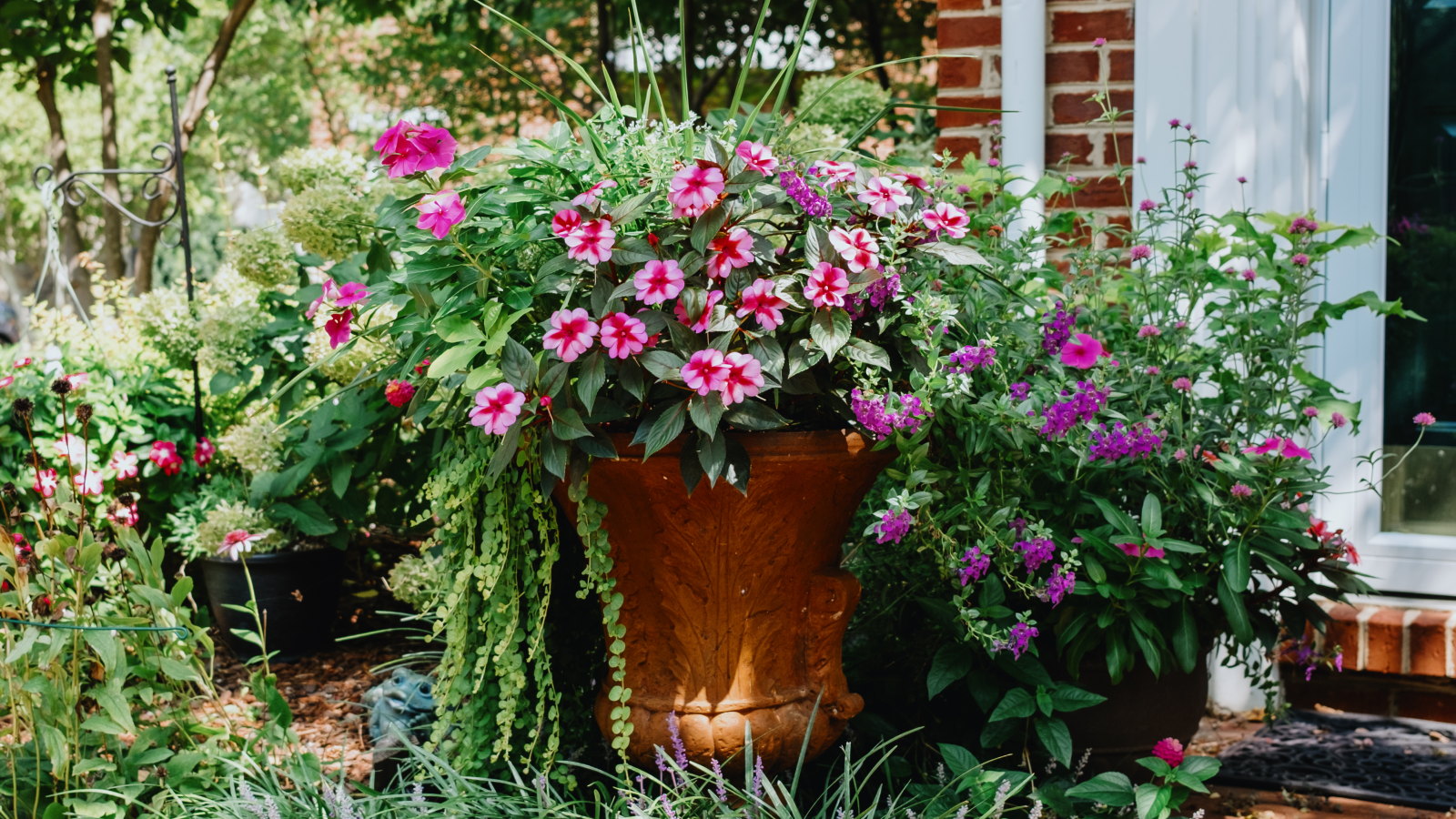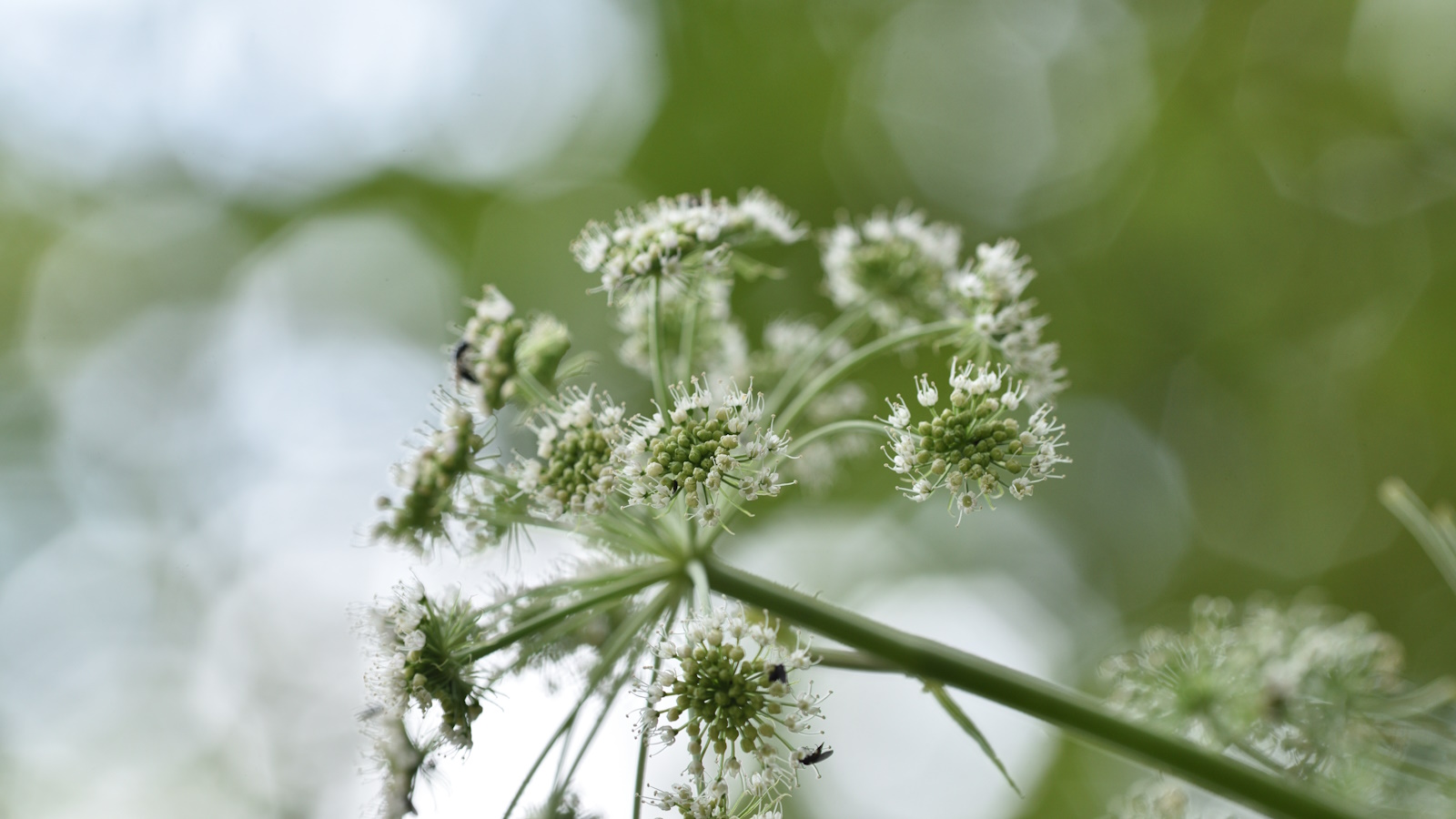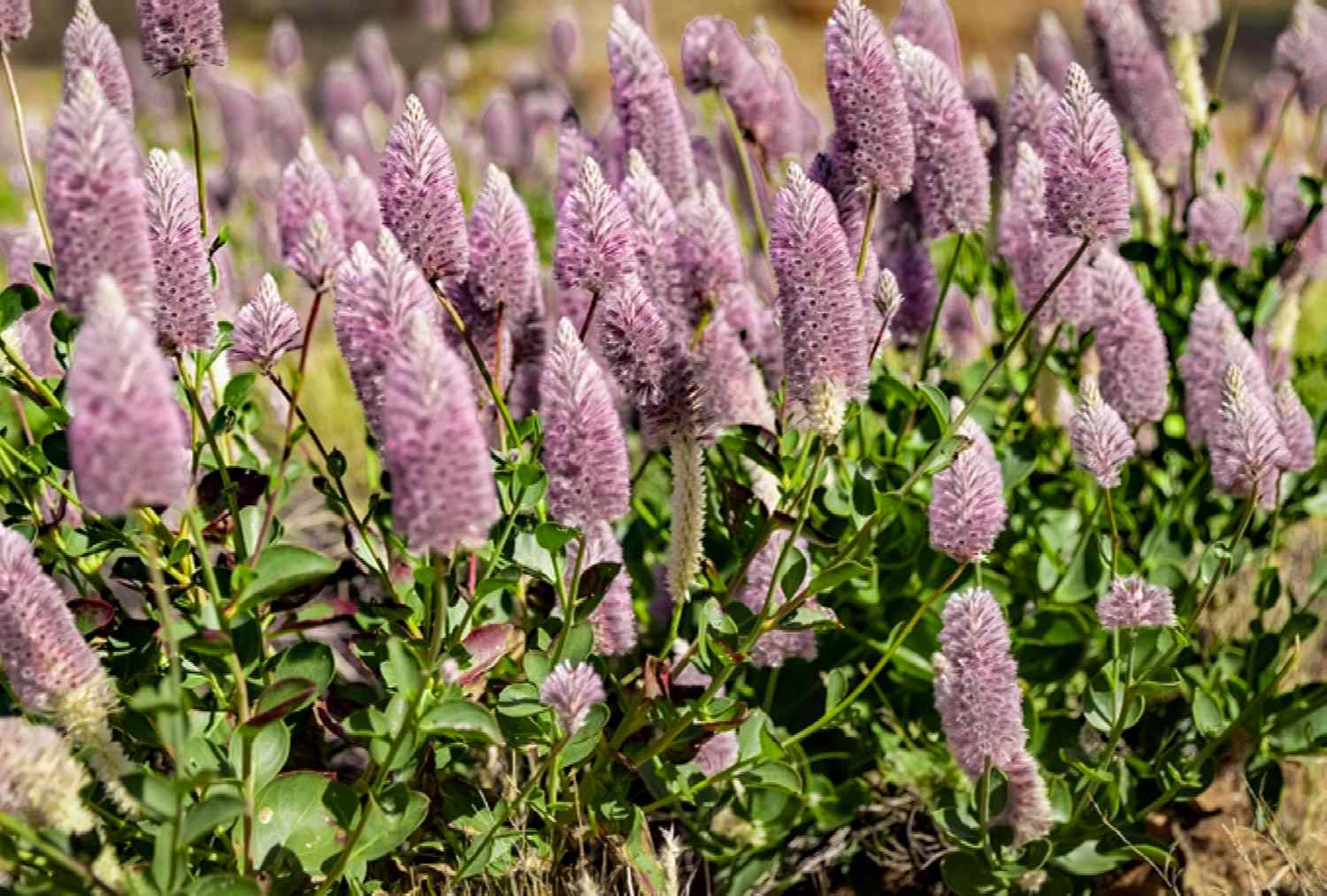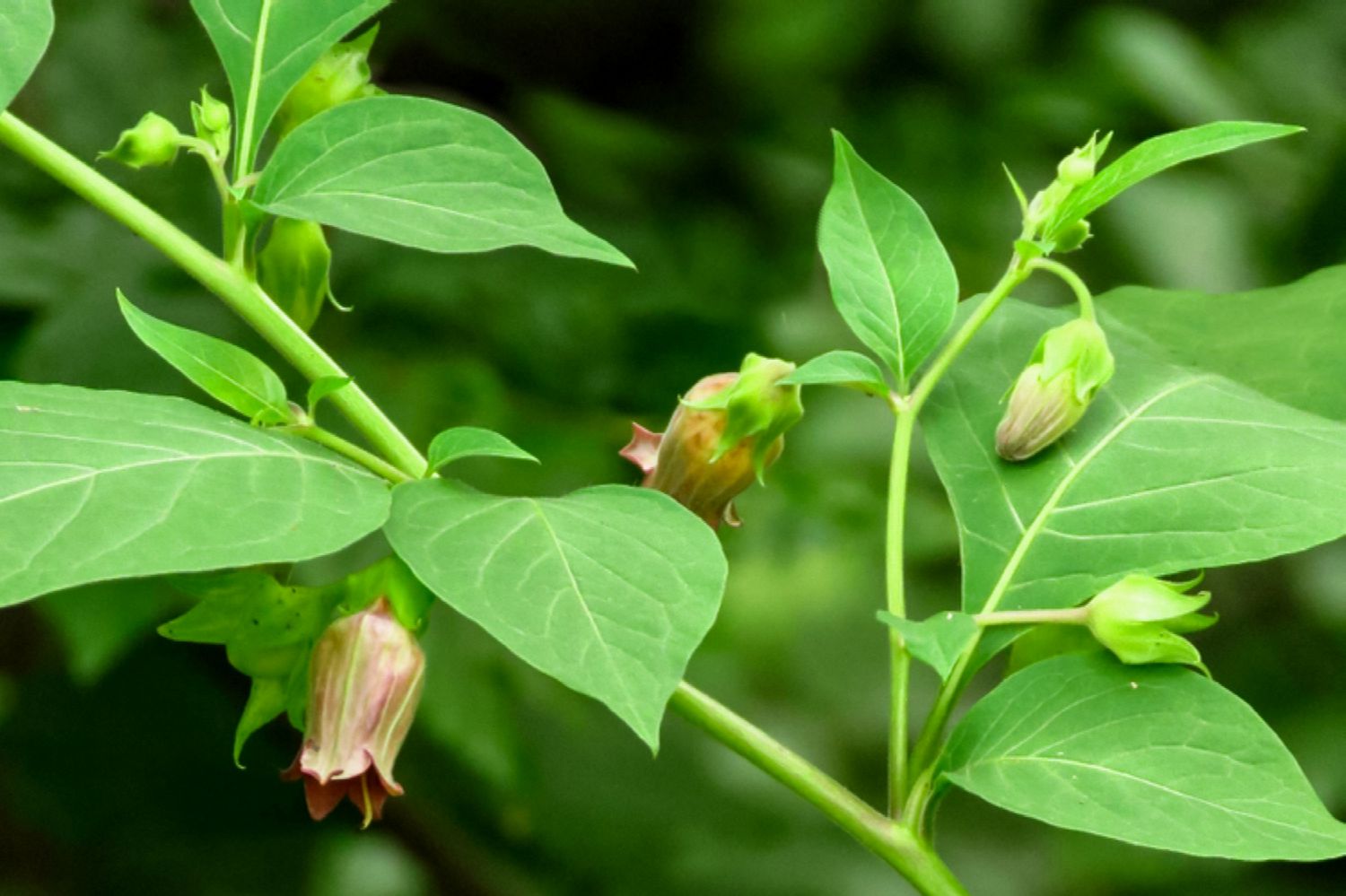The sesame plant is a tropical perennial that’s typically grown as an annual. Native to Africa and India, the plant produces the scrumptious, ubiquitous sesame seeds we see on bagels, in tahini, and as an important ingredient in lots of meals. It will need to have extremely popular, dry situations with full solar and well-drained soil with impartial pH. This makes it a problem for gardeners who do not dwell within the acceptable rising zones. Focused on including sesame crops to your backyard? Listed below are some issues you’ll want to know to maintain your sesame plant comfortable and wholesome.
Sesame Plant Care
Listed below are the principle care necessities for rising a sesame Plant.
- Plant in a well-draining soil of medium texture with a impartial pH.
- Place in full solar the place it should obtain probably the most direct gentle and warmth.
- Water sparingly, being cautious to not place with crops irrigated frequently.
- Feed with a nitrogen-rich fertilizer throughout the rising season.
The Spruce / Okay. Dave
The Spruce / Okay. Dave
The Spruce / Okay. Dave
The Spruce / Okay. Dave
Sesame crops have white, pink or purple flowers cherished by bees.
Frederick Lang Jr. / Flickr / CC BY-NC 2.0
Gentle
Sesame crops want loads of direct daylight they usually like heat. Attempt to plant close to a stone or brick wall for added warmth manufacturing.
Soil
Sesame crops are very tolerant of various soil situations, however good drainage is a necessity. A sandy, loamy soil is an effective choice. Sesame can not deal with standing water, moist soils, or heavy clay soils, nor will it tolerate salty soil or salt air.
Water
Whereas common watering is vital for germination and establishing younger crops, sesame crops do not want a lot water. Moreover, it is best to not situate them close to different crops that get watered frequently. Giving them their very own raised mattress or part of backyard ensures acceptable moisture and low humidity.
Planting them alongside different drought-tolerant crops (like lavender, thyme, or sedums) is a good suggestion. Don’t use drip irrigation as this may drown the crops.
Temperature and Humidity
The sesame plant’s capacity to face up to sizzling dry desert situations makes it a really precious meals crop for components of the world troubled by drought.
Fertilizer
Sesame crops require nitrogen foliar fertilizer all through the rising season earlier than flowers start to kind. You possibly can even fertilize the soil earlier than planting.
Pruning
Sesame crops are fairly low-maintenance and do not require quite a lot of pruning. Nevertheless, in the event that they begin to look too lengthy or get sick due to an excessive amount of water, you may trim the leaves as needed. Simply be sure you go away sufficient leaves on the plant in order that it might nonetheless make meals by way of photosynthesis. If you’ll want to take away any leaves, simply snap them off gently, however make sure that to go away any bell-shaped flowers alone.
Sesame are indeterminate crops, which suggests they are going to proceed to bloom and set seed capsules over a protracted interval in the summertime, with peak flowering in July and early August.
Easy methods to Develop Sesame Vegetation From Seed
Sesame crops might be propagated by seed. Seeds from a current harvest and even simply from the grocery retailer will likely be adequate for this technique. Sesame seeds shouldn’t be straight sown open air. This is easy methods to begin them indoors.
- Fill pots with moist seed-starting combine 4 to 6 weeks earlier than the final frost date.
- Plant the seeds 1/4 inch deep and canopy calmly with soil-less planting combine.
- Maintain moist till they germinate in about 10-14 days. Sesame seeds germinate finest at temperatures between 68 and 75 levels.
- Water as soon as every week or so till crops are sturdy sufficient to plant exterior.
- After the final frost date, harden seedlings off and plant within the backyard.
Sungjin Kang / Flickr / CC BY-NC 2.0
Harvesting Seeds
Sesame seeds are very small, and drying them is tough. However they have to be dry for storage so they do not go rancid, which is a risk on account of their excessive oil content material. Subsequently it is necessary to ensure they dry out sufficiently on the plant contained in the seed pod earlier than harvesting them.
Sesame seeds ripen from the underside of the plant upwards. The primary flowers to look are decrease down. Because the seed pods start to separate, which occurs in late summer season, reduce the stems and lay them flat in a dry place. Hanging them will trigger the seeds to fall out, however you are able to do it this fashion when you have a tray or bucket to catch the seeds.
The plant’s leaves will darken as they dry and the pods will proceed to separate open. Then you could faucet the stems and pods in opposition to the perimeters of a bucket to catch the seeds. Some lovers toast the dried seeds earlier than storing as this can assist to protect their taste and stop spoilage.
Potting and Repotting Sesame Vegetation
When rising sesame crops, it is very important preserve them in a smaller pot till the basis system is well-established. If you’re planting a number of seeds, you need to use an previous egg carton or a small nursery pot. As soon as the plant matures and turns into bigger, you may switch it to a pot that’s not more than two inches bigger in diameter than its present pot. Transferring the plant to a bigger pot might shock it, so it’s best to keep away from doing so.
Frequent Pests & Plant Illnesses
Sesame crops could also be attacked by a wide range of pests with probably the most damaging being inexperienced peach aphids and grasshoppers. In excessive infestations, these pests can inhibit photosynthesis and ultimately trigger dying of the plant. Pests with a milder impact embrace cutworms, caterpillars, and whitefly.
The sesame plant is pretty resilient however nonetheless vulnerable to some issues similar to root rot. Utilizing well-draining soil and a porous pot will forestall any standing water and permit the soil to dry out rapidly. These crops may fall sufferer to bacterial leaf spot which initially seems as water spots on the underside of the leaves till they flip darkish brown and unfold to the higher floor.
Easy methods to Get Sesame Vegetation to Bloom
Many individuals solely consider the seeds produced by sesame crops however they really produce fairly showy trumpet- or bell-shaped blooms that make for a stunning sight in any backyard.
Bloom Months
The sesame plant begins to bloom within the hottest months of summer season which falls in August in most rising zones.
How Lengthy Does Sesame Plant Bloom?
As soon as the plant begins to bloom, you may anticipate it to flower for the rest of the season.
What Does Sesame Plant’s Flowers Look and Scent Like?
The blooms of the sesame plant are tubular in form and might be gentle purple or blue, rose, or white.
Easy methods to Encourage Extra Blooms
Sustaining full daylight and warmth on your plant will encourage extra blooms. Giving the plant enough spacing to encourage extra air stream round it should additionally assist.
Caring for Sesame Plant After it Blooms
The sesame plant won’t peak in blooms till late summer season in most areas. Proceed to look after it in the identical approach, maintaining it freed from standing moisture and in loads of direct gentle. You possibly can harvest the seeds even whereas the plant is continuous to flower and produce extra pods.
Deadheading Sesame Plant Flowers
Should you’re rising your sesame plant as a pollinator, you may deadhead flowers earlier than letting the blooms go to seed. Should you’re rising to reap the seeds, there isn’t any have to deadhead. Depart the bloom till grooved seedpods develop. As soon as these pods mature, they are going to burst open and spill the seeds.
Frequent Issues with Sesame Vegetation
Rising challenges with sesame crops generally stem from extreme moisture and excessive humidity. To keep away from these potential points, choose your planting location rigorously maintaining in thoughts the place it might keep heat and dry throughout all the rising season.















